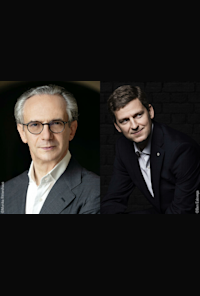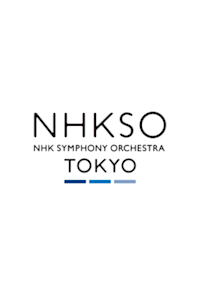

NHK symphony orchestra subscription concert no. 1964
Teilen
Suntory Hall (2022)Informationen von einer Kunstorganisation (verifiziert durch Operabase)
21 - 22 September 2022 (2 Aufführungen)
Webseite besuchenNHK symphony orchestra subscription concert no. 1964 by Beethoven, Brahms, Do. 22 Sept. 2022, Ab (2022/2022), Dirigat Fabio Luisi, Suntory Hall, Tokyo, Japan
Besetzung und Crew ansehen für 22 Sept. 2022
Arbeit auswählenViolin Concerto in D Major, op. 61 (Violinkonzert in D-Dur, op. 61), Beethoven
Produzent
Dirigat

(2022 Sept. 21, 22)
Instrumentierung
Violin (Solo)
Ensemble
Orchester
Co-Produzent
Co-Produzent
Programm
2
NHK symphony orchestra subscription concert no. 1964

